Abstract
The organization of the thymus into distinct cortical and medullary regions enables it to control the step-wise migration and development of immature T-cell precursors. Such a process provides access to specialized cortical and medullary thymic epithelial cells at defined stages of maturation, ensuring the generation of self-tolerant and MHC-restricted conventional CD4+ and CD8+ αβ T cells. The migratory cues and stromal cell requirements that regulate the development of conventional αβ T cells have been well studied. However, the thymus also fosters the generation of several immunoregulatory T-cell populations that form key components of both innate and adaptive immune responses. These include Foxp3+ natural regulatory T cells, invariant γδ T cells, and CD1d-restricted invariant natural killer T cells (iNKT cells). While less is known about the intrathymic requirements of these nonconventional T cells, recent studies have highlighted the importance of the thymus medulla in their development. Here, we review recent findings on the mechanisms controlling the intrathymic migration of distinct T-cell subsets, and relate this to knowledge of the microenvironmental requirements of these cells.
Via
Krishan Maggon 


 Your new post is loading...
Your new post is loading...



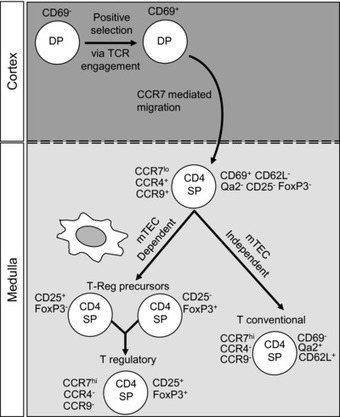

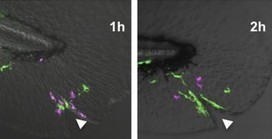
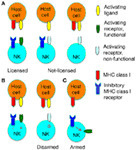

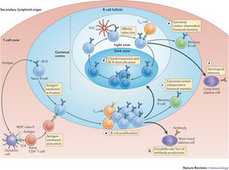

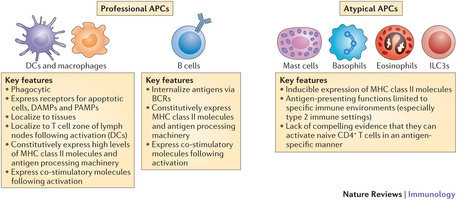





Cancer Cell
Volume 27, Issue 4, p439–449, 13 April 2015
The Journey from Discoveries in Fundamental Immunology to Cancer ImmunotherapyJacques F.A.P. Miller, Michel Sadelain DOI: http://dx.doi.org/10.1016/j.ccell.2015.03.007